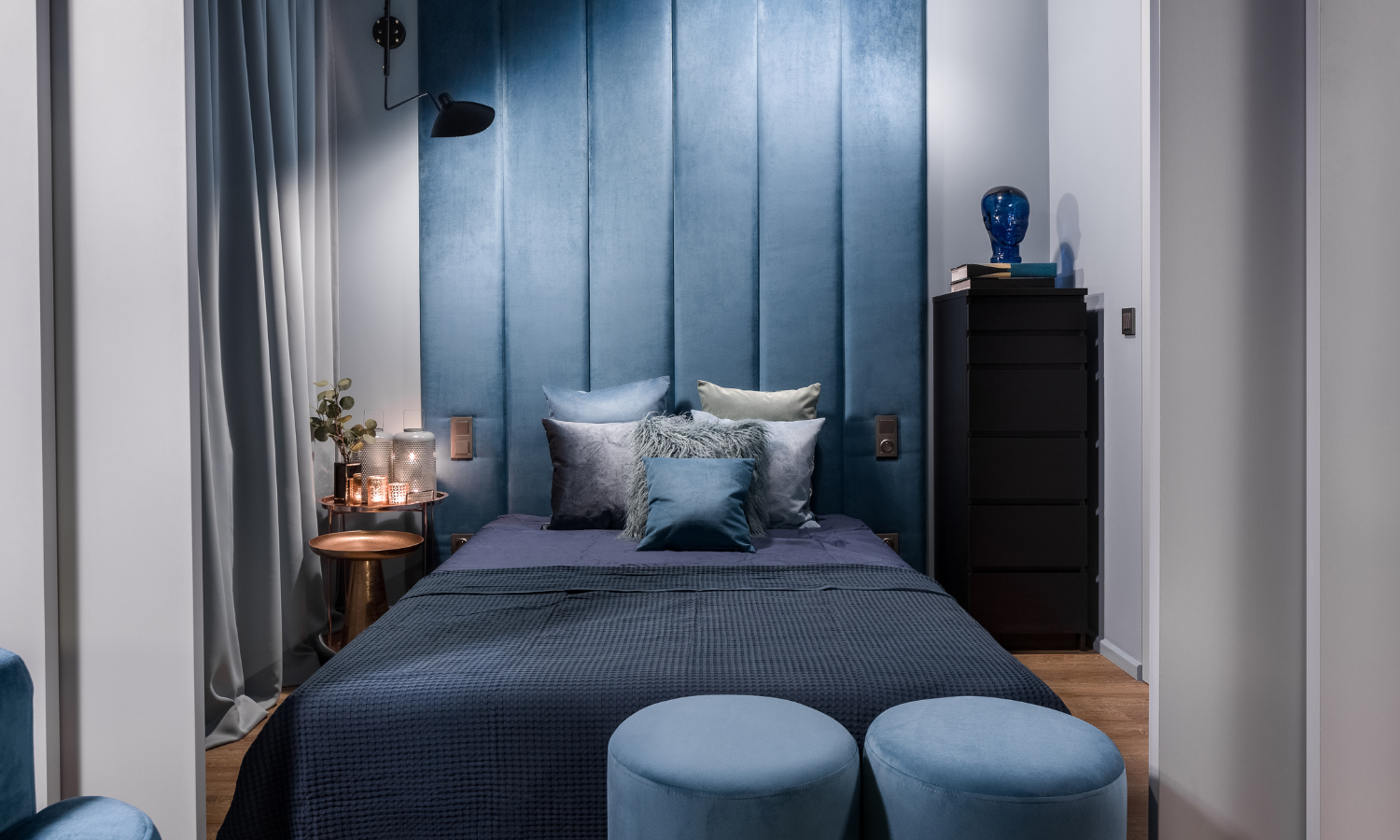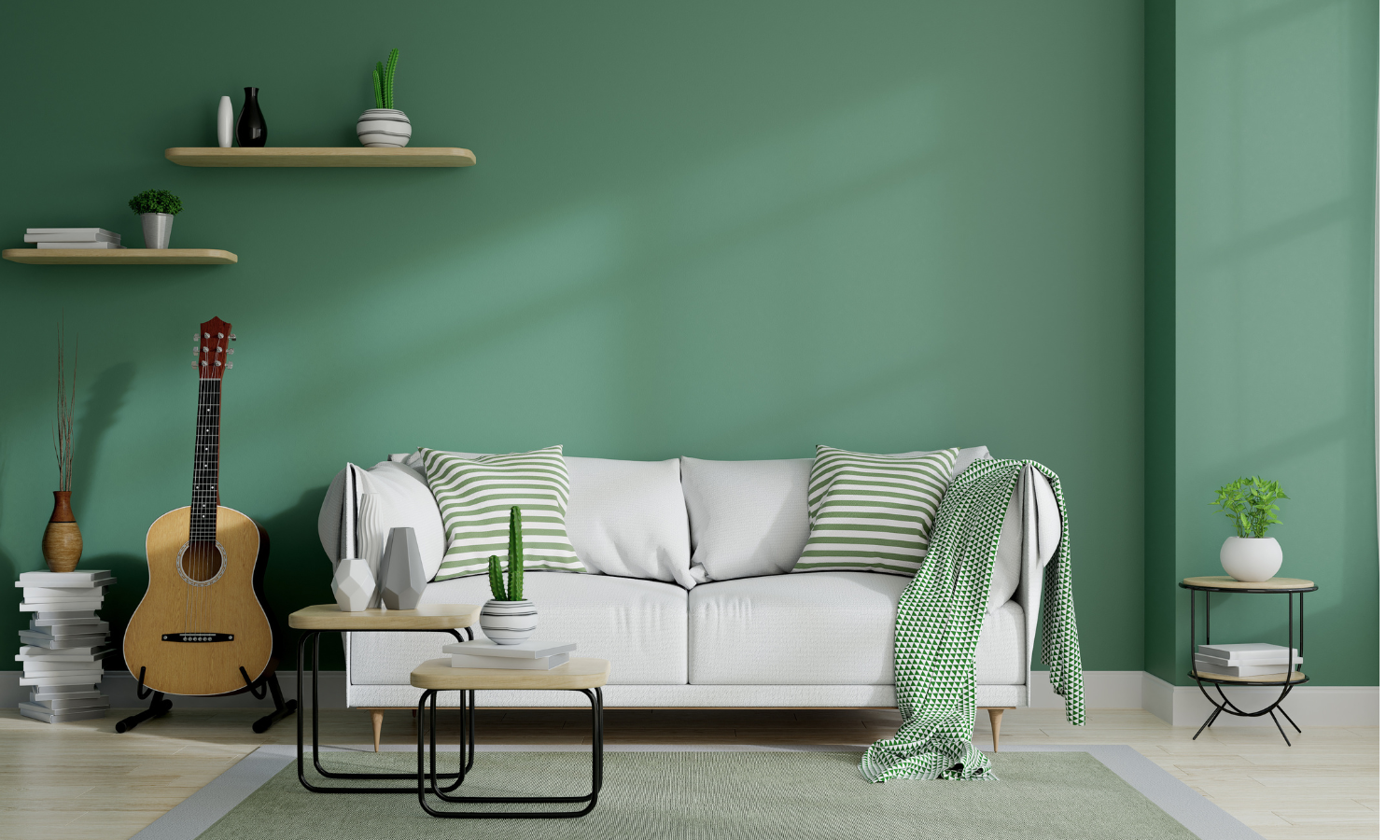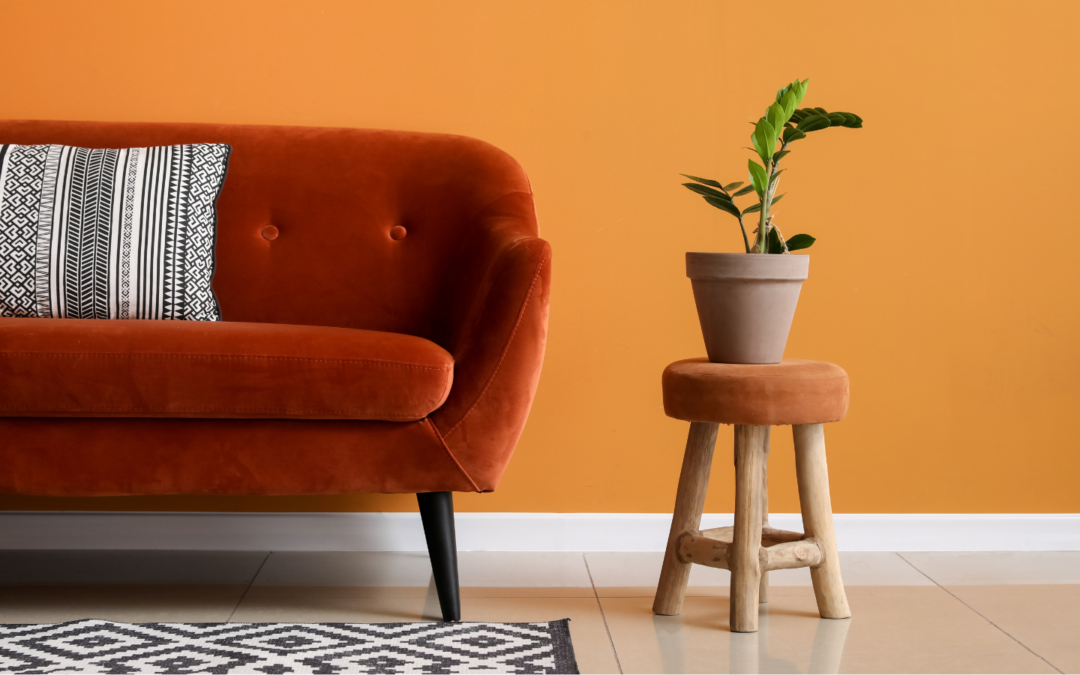Color is a powerful tool in home design, capable of transforming a space, evoking emotions, and influencing moods. Whether you’re looking to create a calming retreat or a vibrant gathering space, choosing the right color palette for your home is essential. Understanding the psychology of colors and how they interact with each other can help you make informed decisions that enhance your living environment.
Understanding Color Psychology
Colors have a profound impact on our emotions and behavior. Here’s a brief overview of what different colors can evoke:
- Blue: Often associated with calmness and serenity, blue is popular for bedrooms and bathrooms. It can help reduce stress and create a peaceful atmosphere.
- Red: A stimulating color, red is known to increase energy levels and appetite, making it ideal for dining rooms and kitchens. However, it can be overwhelming if used excessively.
- Yellow: Bright and cheerful, yellow can bring warmth and happiness to any room. It’s great for kitchens, living rooms, and bathrooms, but too much yellow can create feelings of anxiety.
- Green: Representing nature and tranquility, green is perfect for almost any room. It’s especially effective in living rooms and bedrooms, promoting relaxation and balance.
- Purple: Often linked to luxury and creativity, purple can add a touch of sophistication to a space. It’s excellent for bedrooms and living areas.
- Neutral Colors (White, Gray, Beige): These colors are versatile and timeless. They provide a clean, sophisticated backdrop that can make a space feel larger and more open.

Practical Tips for Choosing the Right Colors
- Consider the Room’s Purpose: Think about how you want the room to feel and function. For instance, calming colors like blues and greens are ideal for bedrooms, while energizing colors like reds and yellows are better for kitchens and dining areas.
- Test Before You Commit: Paint a small section of the wall or use color swatches to see how the color looks in different lighting conditions throughout the day.
- Balance Bold Colors with Neutrals: If you’re using bold colors, balance them with neutral tones to avoid overwhelming the space.
- Use Color to Highlight Architectural Features: Paint can be used to draw attention to features like moldings, fireplaces, and built-in bookshelves.
- Don’t Forget the Ceiling: The ceiling is often referred to as the fifth wall. A lighter shade can make a room feel taller, while a darker color can create a cozier atmosphere.

Choosing the right color palette for your home is more than just a design choice; it’s about creating an environment that reflects your personality and meets your needs. With the right colors, you can transform any space into a beautiful, harmonious retreat that you’ll love coming home to.
At IRPINO Construction, we understand the impact of a well-designed home. If you’re thinking about buying or selling your home, or if you need advice on how to make your space more appealing, we’re here to help. Contact us today for personalized, expert guidance on all your real estate and construction needs. Let’s create a home you’ll love together!
Let’s get talking – contact us now or by calling (773) 525-7345.

